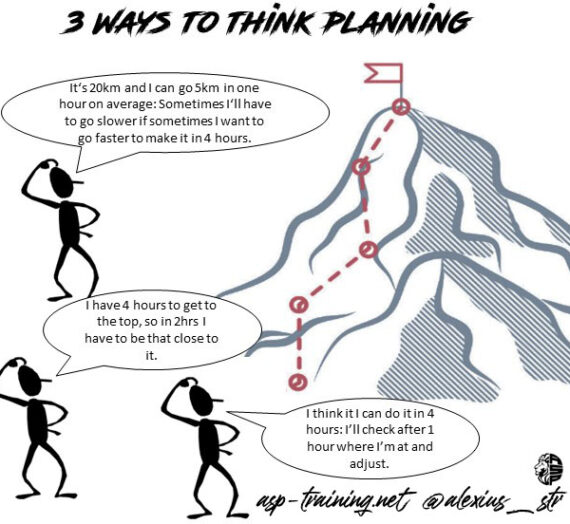If someone would ask me this question, my answer probably would be “No” because I do not see where strength per se, could be a disadvantage in any sport. Strength (and however you want to subdivide the term) is a key component of movement as it is the body’s ability to exert force on physical objects to alter their state. Most, when not all sports are an interplay of acceleration and deceleration of body parts in complex sequences. Physically force, mass and acceleration are connected by Newtons 2nd law: Force is the product of mass (e.g., also of a body segment) and its acceleration. I don’t want to bore you with derivations of physical formulas, but when you want to move things (fast, heavy or powerful) force is always a major component in the equation. That’s why I believe that an athlete can almost never be “too strong”. So… more strength training is the answer, right?
Unfortunately, my answer would again be “No” or at least “Not always”. While I think that theoretically there is no such thing as too strong, I also believe that in reality at some point an athlete (at least if it’s not a strength sport competitor) can be strong enough and more strength will not improve sporting performance anymore: How come?
1.) With progress it gets harder to get stronger: As with anything beginners make fast progress and the first strength gains come easily: A beginner can do basically anything and get stronger and recover relatively fast from it. The more advanced someone gets, the harder it is to progress further; this is especially true for world class athletes that are already close to their limit. The training input (and therefore volume/intensity) have to get higher and higher to still make progress and recovery times get longer. (Minimal effective dose shifts up and narrows the possible training windows). More training does not bring more results in the same ratio as before and the “return” of training diminishes and the athletes have to train already with a quite high dose to even maintain their strength. Yes, a strength training athlete will have to go for maximal return as even diminishing returns are returns, but for non-strength athletes the ratio between input and output should be considered, not the output alone.

2.) Athletes have a limited amount of training time for improving all the qualities that influence performance. For example, for team sport athletes, strength training is important to support their sport performance on the court/field and protect from injury, but physical preparedness is only one of many factors to win games/titles. Technique, tactics etc. are admittingly more important for on court performance and therefore rightfully have a bigger emphasis in training overall. As it gets harder to get stronger at some point an athlete would have to shift time and energetic resources from sport practice to strength training, which might negatively impact their on-field performance.
3.) Hard strength training beats you up: It is not uncommon that even well-trained athletes experience soreness after hard strength training sessions: Soreness and Fatigue will negatively influence short term subsequent performance, which is unfavorable especially when e.g., skill practice is scheduled soon after. When Strength training is not the sport itself, we might be better off with leaving some potential strength gains on the table for a high-quality sport practice. Going close to the maximal tolerable dose is a risky move, that is not necessary smart: Better safe than sorry!
Don’t get me wrong, I strongly (pun intended) believe in the importance of strength training, and to be honest most athletes could profit from a little more strength, but it is also important to have the right perspective on the topic: For non-strength athletes, strength training is a balancing act of using the timely and energetic resources in a senseful way to get the wanted results with a reasonable risk-reward ratio. Maybe the question to ask isn’t if athletes can be too strong but rather: When is an athlete strong enough that the returns of energy and time investment into another area are greater.



